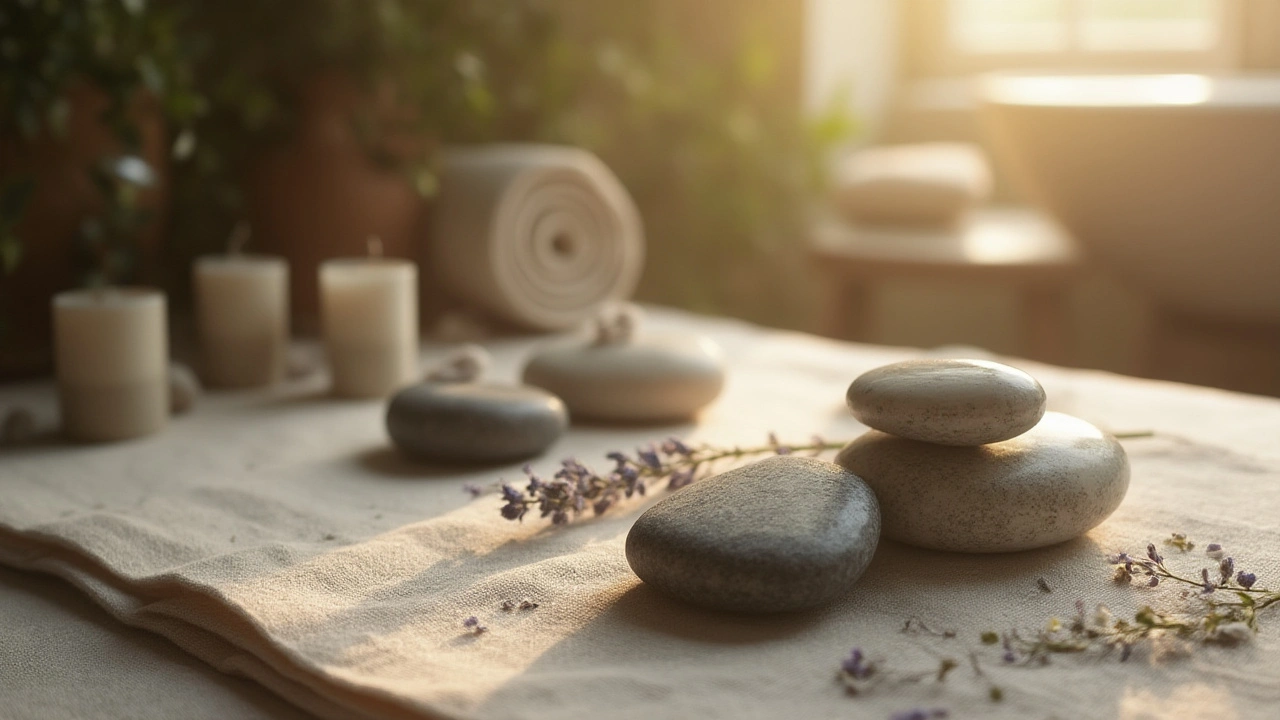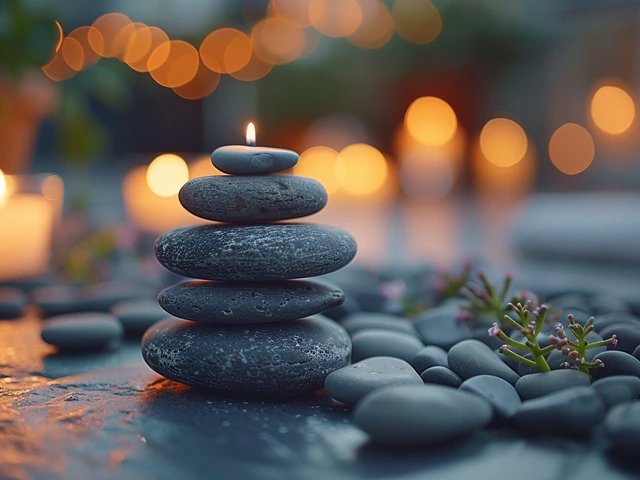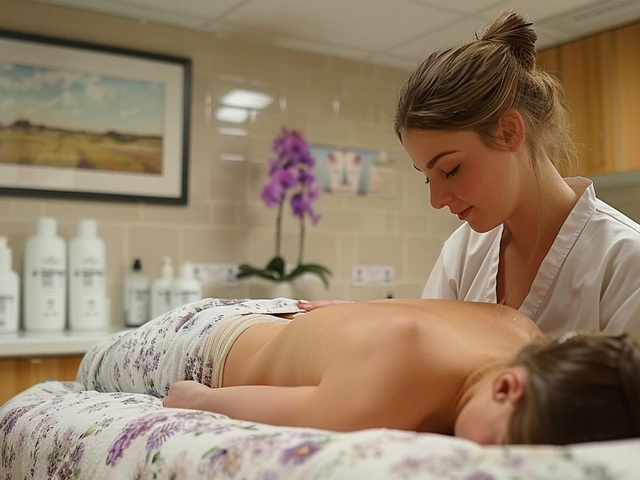Stone therapy techniques: hot vs cold stone massage
Stone therapy techniques use smooth heated or chilled stones to help muscles relax, reduce pain, and calm the nervous system. You’ve probably heard of hot stone massage — that’s one common method — but cold stones have their place too. This short guide explains the main techniques, clear safety rules, and simple tips so you can pick the right session or try safe home practice.
How stone therapy works and when to choose it
Hot stones are usually basalt, a volcanic rock that holds heat. Therapists warm them in a controlled heater and place them on large muscle groups or use them to stroke muscles. Heat sinks into tissue, increases blood flow, and lets therapists work more gently while getting deeper release. Choose hot stones when you have chronic tightness, slow circulation, or want deep relaxation.
Cold stones are often marble or chilled glass. They reduce swelling, numb sore spots, and calm inflammation. Therapists may alternate hot and cold stones to create contrast therapy that boosts circulation and speeds recovery. Pick cold stones after acute injury, intense workouts, or when you want to bring down inflammation and redness.
Practical tips: what to expect and how to try it safely
Before booking, tell your therapist about blood pressure issues, diabetes, pregnancy, recent surgery, or skin conditions. Heated stones should feel warm, not painful. A good therapist tests stones on their wrist first. If you feel burning, numbness, or sharp pain, speak up immediately.
At the start, expect a short intake and a few minutes of light massage to warm the muscles. Stones may be placed along the spine, on the stomach, or under your palms and feet. Sessions usually run 45–90 minutes. If you hate pressure, say so; stone work can be gentle or firm depending on how the therapist uses the stones.
Want to try stone therapy at home? Use a proper stone heater or a controlled water bath and a thermometer. Keep hot stones between 120–130°F (49–54°C) and wrap them in towels before skin contact. For cold stones, chill them in the fridge, not the freezer. Never leave hot stones unattended on skin.
Stone care matters. Basalt needs gentle washing and drying to avoid cracking. Salon-grade stones are smooth and free of chips. If you’re looking for a parlor, check reviews for cleanliness and ask how they heat and sanitize stones.
Stone therapy pairs well with light Swedish massage, aromatherapy, or stretching. It’s a good choice if you want deeper release without heavy pressure. If your goal is quick injury treatment, combine stones with targeted techniques like trigger point work — but only with an experienced therapist.
If you're curious about seasonal effects, warm stone massage is a popular pick for winter months because it eases chill-related tension and lifts mood. Book a reputable therapist, share your health history, and you’ll likely leave feeling looser and calmer.

Stone Therapy Benefits: Techniques, Science, and Everything You Need to Know
Discover the science, techniques, and unexpected perks of stone therapy. Learn how hot and cold stones can transform your body, mind, and everyday wellness.
Categories
- Health and Wellness (148)
- Alternative Therapies (86)
- Massage Therapy (40)
- Travel and Culture (15)
- Beauty and Skincare (9)
- Holistic Health (8)
- Health and Fitness (5)
- Spirituality (5)
- Other (2)
- Personal Development (2)
Popular Articles



